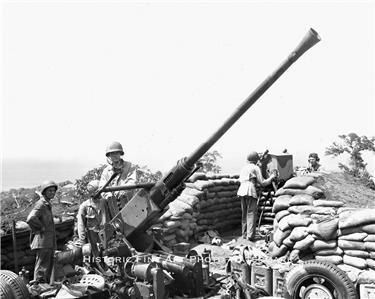 Electrical testing – how do we do it?
Electrical testing – how do we do it?
Electrical testing is a technical procedure that can be quite baffling to the untrained. Here follows some brief information to help the unfamiliar understand what its all about. Testing is a skilled area all of its own and this is not intended to be an exhaustive guide. It is certainly not intended to teach you to ‘do it yourself.’ Rather the intention is to dispel some of the mystery.
Why Test at all?
Testing is necessary to establish the condition and safety of an installation. A pre purchase inspection is often recommended by surveyors and can establish whether any large bills are on the way. Insurance companies may insist on it. A large cause of house fires in the UK is faulty wiring.
Its a good idea to get tested if you plan on doing any work which will restrict access to cables. For example laying parquet floors, replastering, redecorating or even recarpeting. Its in the nature Electrical License In Tamilnadu of electricity that its either working or its not. There are often no warning signs before any failures. Its a lot easier to repair and renew before floors and ceilings are sealed and decorated.
N.B. It is worth noting that it is often not possible to inspect an installation in its entirety. Cables are normally buried within the fabric of the building within walls and floors and its Industrial Electrician Test is neither possible, or desirable, to lift floors and remove plaster to check everything visually. Test instruments are used to test the integrity of circuits even in inaccessible areas.
What happens?
There is a standard test procedure using instruments as well as a visual inspection. Circuits are tested to see that they are protected by the correct device and that they have an earth to protect them (and you) in case of faults. The earth conductor is there to take any stray electricity away very quickly and activate the safety device (fuse, MCB, RCD to name a few). This means that the circuit will ‘turn off’ instead of giving you a shock.
The insulation of the cables is tested as well as the operation of RCD safety devices.
There are special rules for hazardous areas like bathrooms (you are soaking wet with no clothes on). Until recently it was not permitted to have sockets in bathrooms. It now is on new installations (or old ones that have been upgraded) and you can have a washing machine in the bathroom like they do on the Continent.
At the end of the test you will be presented with a Certificate. This will be marked as either satisfactory or unsatisfactory. In the event of an unsatisfactory test you will be given a list of failures and a quote of the works necessary to bring the installation back up to the standard necessary to write a satisfactory certificate.
A test is only as good as the person conducting it. BS 7671 requires testers to be ‘competent’. In practice this means that they should be trained and experienced.
